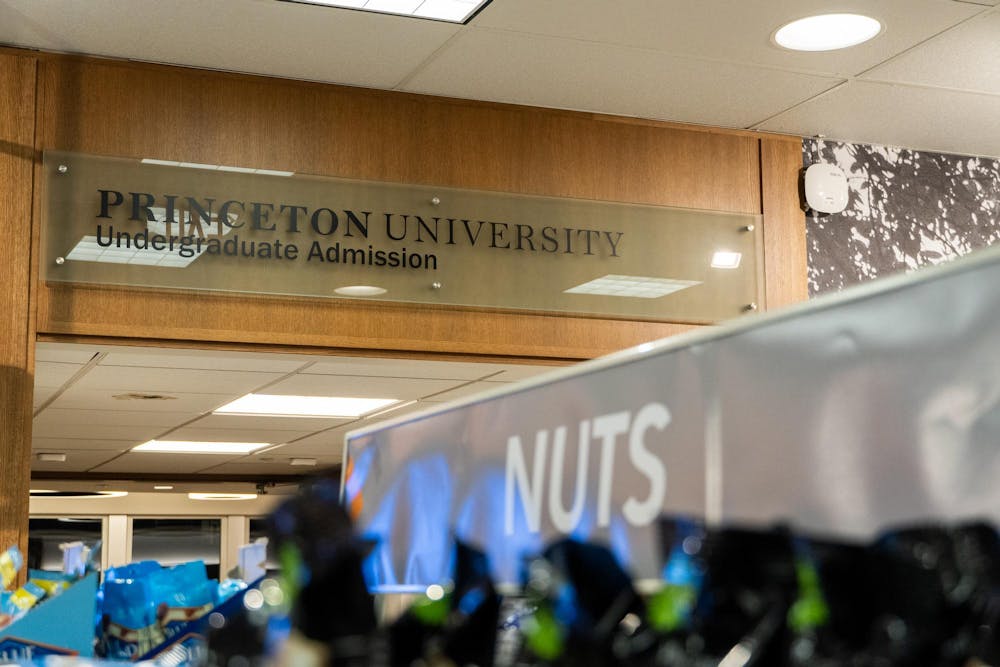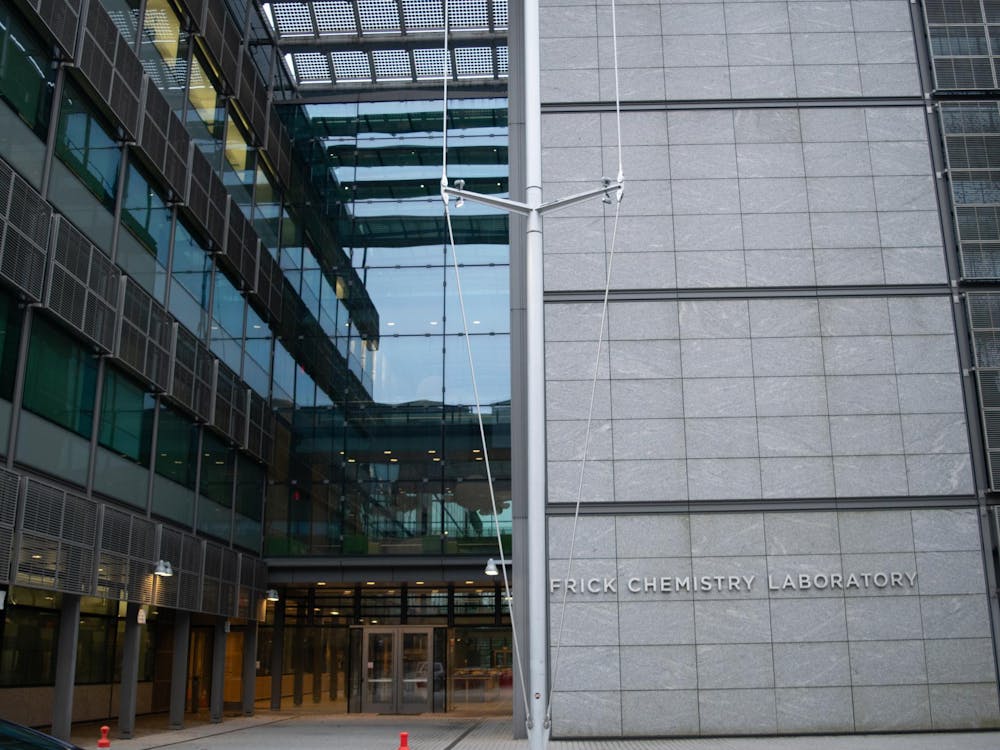Princeton University admitted 4.4 percent of applicants in its most recent admissions cycle, recording its largest application pool in history alongside a 0.2 percentage point dip in acceptance rate from last year.
These figures for the Class of 2029, obtained from a memo distributed to faculty, have not been previously reported. The University has not publicized admission data such as the acceptance rate, SAT score range, and average GPA since 2021, saying at the time it would publicize data that “focuses on the enrolled students” later in the year.
This year’s applicant pool was the biggest in Princeton history at 42,303. The overall yield rate on admitted students was 75.2 percent, down 0.2 percentage points from last year, and the admitted early action yield rate was 91.2 percent, down one percent from last year. The Class of 2029 comprises 1,408 students, 17 fewer than the University’s goal of 1,425, and is the last of four admitted classes that have gradually expanded the undergraduate student body by 500 members.
Princeton’s acceptance rate is comparable to many of its peer institutions. Harvard admitted 1,950 students to the Class of 2029, with an applicant pool exceeding 53,000. Columbia admitted 4.29 percent of its applicants to the Class of 2029. Yale admitted 4.59 percent, the University of Pennsylvania admitted 4.9 percent, Brown admitted 5.65 percent, and Dartmouth admitted 6 percent. Cornell has not yet publicized this data.
For the Class of 2028, Princeton accepted approximately 4.6 percent of applicants. While the University has not publicized its admissions rate around “Ivy Day” in late April for nearly four years, it has continued to disclose certain data related to its admissions in several sources, including in the Common Data Set, bond disclosures, and class profiles on admissions.princeton.edu.
Notably, nearly 80 percent of accepted students who chose a school other than Princeton attended just one of four other peer institutions: Harvard, Yale, Stanford, or MIT, according to the memo.
Amid concerns over threats to international student visas from the Trump administration, the University’s admission rates of non-US citizens rose by just over two percentage points, at 14.1 percent compared to 12 percent last year. At least one graduate student and one postdoctoral researcher had their visas revoked in April, marking the first known cases at the University.
One quarter of the Class of 2029 is eligible for Pell grants, a record high. Nearly 70 percent of enrolled students are on financial aid following an expansion of grants in early August.

While only 384 students indicated an interest in the BSE this year, compared to 402 last year, 46.4 percent of those students are women, which is up almost 4 percent from last year.
Children of Princeton alumni, often referred to as legacy students, make up 12.4 percent of the Class of 2029, up from 11.2 percent the previous year. Legacy status is one of many factors considered in the University’s holistic admissions process, though it does not release detailed information on how much weight the factor carries.
In early 2023, University President Christopher Eisgruber ’83 defended legacy preferences as a kind of “tiebreaker” between equally qualified candidates, aimed at preserving the University’s intergenerational ties.
Nationally, legacy admissions have drawn attention in recent years, with several peer institutions reconsidering or ending the practice. The University has not announced any changes to its policy, but continues to report the percentage of alumni children in each incoming class as part of its admissions data.

Cynthia Torres is an associate News editor and Archives contributor.
Nico David-Fox is an assistant News editor.
Please send any corrections to corrections[at]dailyprincetonian.com.








